Sabbats – The Wheel of the Year
Table of Contents
Last Updated on November 22, 2021 by Abigail Adams
The pagan Wheel of the Year is marked by eight Sabbats, spaced approximately every six weeks throughout the year. Four of these Sabbats represent the position of the solar calendar (either solstice or equinox), and four fall at what are called the “cross quarters.” These ancient dates mark the middle of each season, where the old begins to fade into new.
Yule
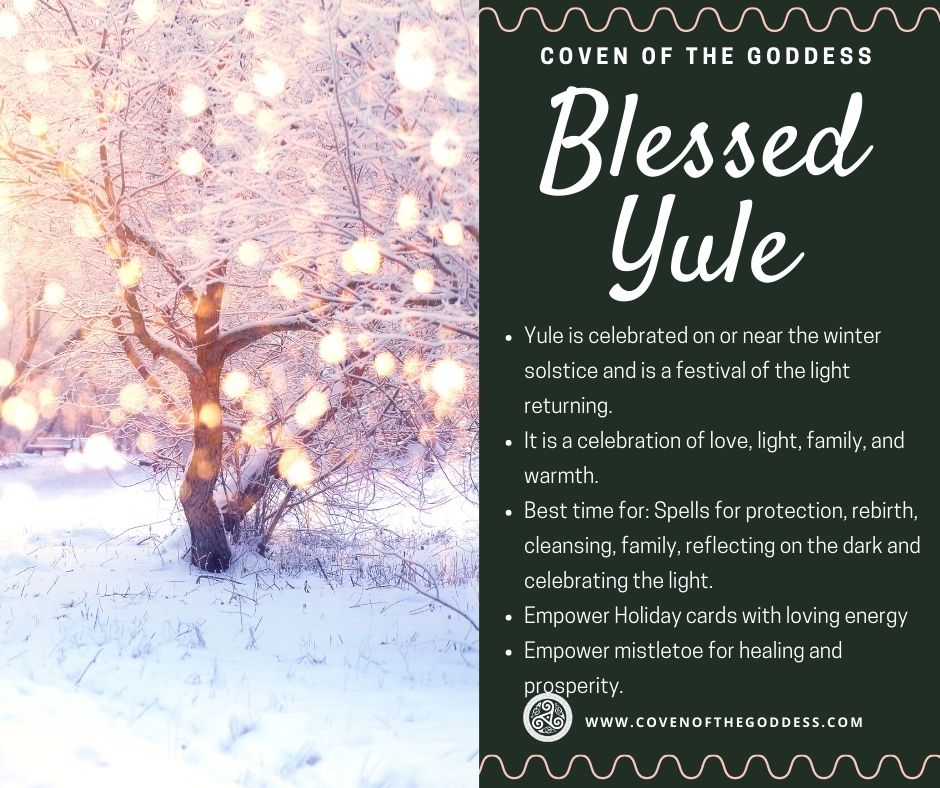
For many pagans, Samhain marks the first Sabbat. For me, however, the Wheel of the Year begins at Yule, when we mark the rebirth of the sun’s long cycle from darkness into light and back into darkness again.
Yule is celebrated on or near the winter solstice and is a festival of the light returning. Yule was the predecessor to Christmas, and many of the traditions still practiced at Christmas have their roots in the Yuletide.
At Yule, the nights are at their longest. Winter begins but is not yet at its peak. There are three months or more before spring. And still, there is a call for celebration because from now until Litha, the summer solstice, the days will begin to grow longer.
Yule is a celebration of love, light, family, and warmth. Traditionally, evergreens were brought into the home to remind the family of the promise of the turning Wheel. These greens were decorated with lights and charms. Gifts were exchanged, and the Yule log (traditionally a piece of the Beltane Maypole) was burned through the night. We can still see these traditions today and the ancient roots of this holiday can be seen in our modern traditions and carols.
Some pagan traditions observe Yule as the birthday of the God, a “Child of Promise” who is reborn with the returning sun (or Son for modern Christians, although Jesus is believed to have actually been born in the spring). At this date, the coupling of the crone and the God at Beltane results in the birth of the new god as the old god passes into eternal night.
Another pagan tale of this time of year is the battle between the Holly King and the Oak King. The Holly King (descending sun) gains control at Litha. At Yule, the youthful Oak King battles him for the throne and wins.
Yule is associated with the element of Earth. Traditional colors for Yule are green, red, and gold.
Imbolc
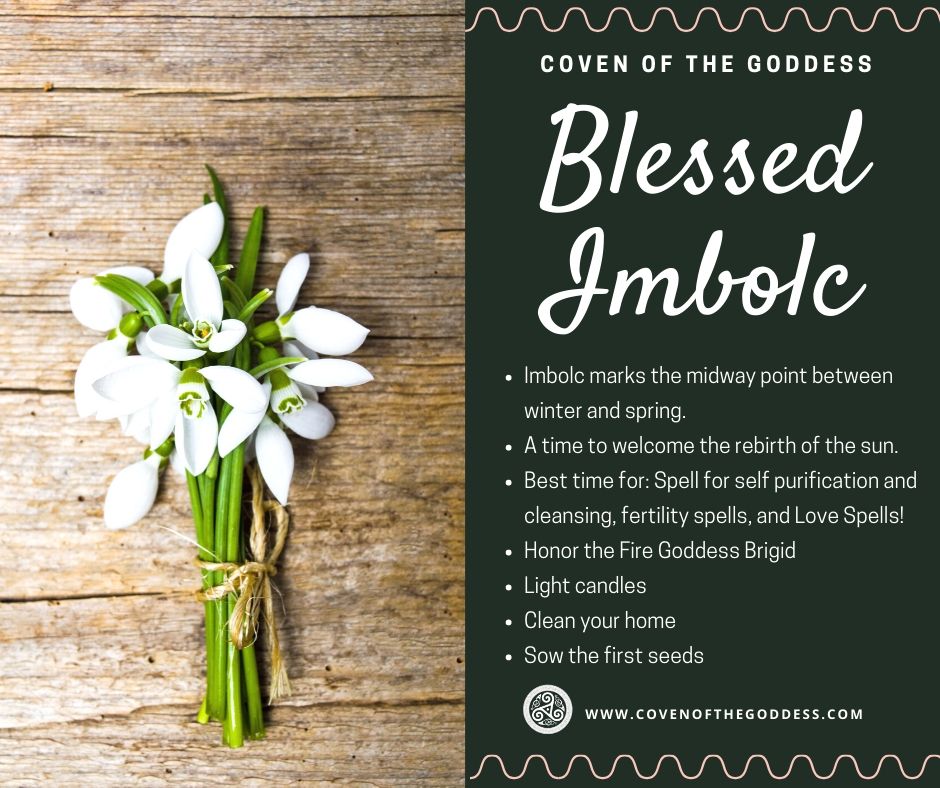
Imbolc is the first of the cross quarters and is honored on or around February 1. The word Imbolc (also Imbolg or Oimelc) means “ewe’s milk”, and Imbolc is the season of the first lambs. In milder climates, like the British Isles, the first inklings of spring could be felt at this time, and we can see it even in Colorado as days of warm sunshine intersperse our days of cold weather. And by this time, the days have grown appreciably longer than they were at Yule.
It is important to note, however, that winter is still with us at Imbolc, and in some cases, these are the coldest months of the season. Our ancestors would have been reaching the ends of their stores of food and would have been grateful for the gift of an early lamb and the milk its mother produced for nourishment.
And yet, life is stirring all around us at this time of year, even buried under the snow! Early spring flowers like crocuses may begin to poke their heads through the hard earth. Animals may begin to emerge from the earth to see what is happening above, leading to the modern holiday of Groundhog Day to be held at this time of year. Traditionally, this was the time of year when smiths would first heat up their forge in order to begin to build and repair tools used for the planting season.
This holiday is traditionally associated with the Irish/Celtic Goddess Bride (also Brigit or Brighid), pronounced breed. The bride was the Goddess of fire, smith-craft, and fertility, and so she is celebrated in the early spring.
Our ancestors would have begun to think about the coming spring at this time of year, and so the holiday is associated with early fertility. One traditional practice is to make a doll of wheat in honor of Bride and place the doll into a basket on the hearth known as a Bride’s Bed to invite fertility into the home.
It is also traditional at Imbolc for the women of the tribe to begin to prepare for spring. Often, this would mean handicrafts in the home, such as weaving cloth, sewing clothes, and spinning yarn. It was also traditional at this time of year to begin cleansing the home and airing it out. Traditionally, witches begin their own spring cleaning at this time and may also engage in personal cleansing rituals such as personal or psychic cleansing, tool cleansing & consecration, and even dedication or initiation to the Craft.
Imbolc is a festival of light that celebrates the sun’s growing strength. In some traditional pagan stories, this is the childhood of the infant God, who grows in size and precociousness. It is traditionally celebrated with candlelight.
Imbolc is associated with the element of Earth (I also associate it with Air). Its traditional colors are red and white for the blood of birth and white of milk. It is traditional to eat foods made of milk and lamb at Imbolc.
- Imbolc Ritual – The Woman who fell from the Sky
- Imbolc Ritual – The Crone Wake
- The History of Imbolc and Imbolc Ritual
Ostara
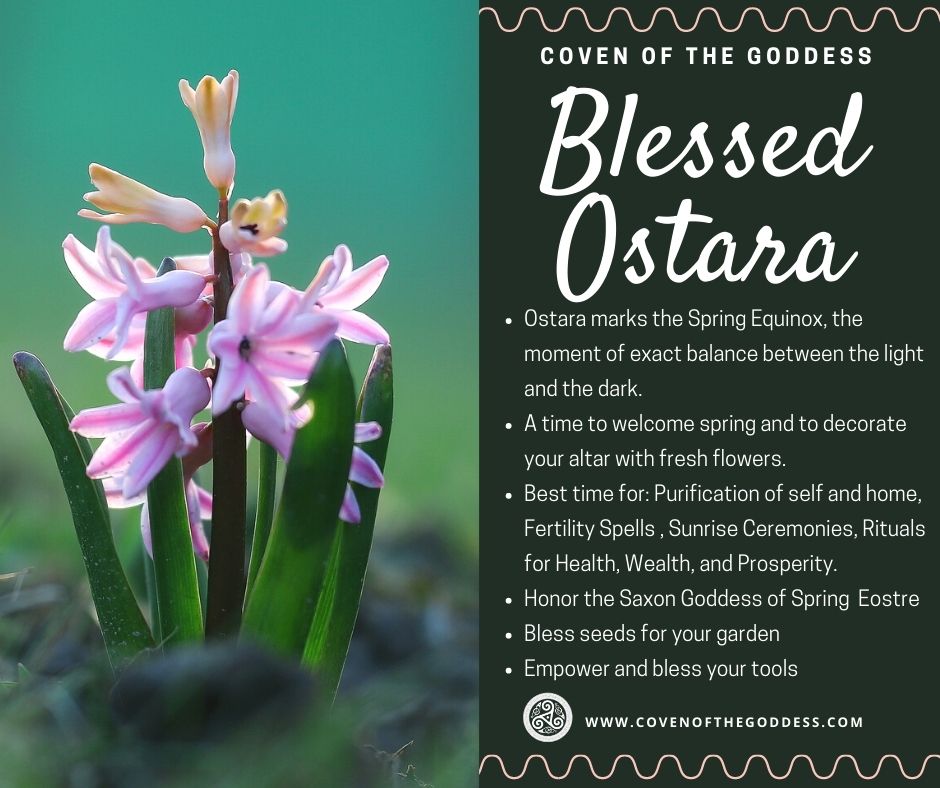
The festival of Ostara takes place at the spring equinox and was the precursor to our modern Easter. Both holidays are named for the Goddess Eostre, the Saxon goddess of spring.
At Ostara, spring has blossomed! All around us, life is springing forth! Birds return and are active; squirrels, rabbits, and other small mammals run to and fro, delighted at the bounty of spring. Calves and foals are born, and trees begin to bear leaflets.
The first day of Spring and the seeds have left the womb of the Goddess to begin the spiral circle of life. The light is equal to the dark, and it is a time of beginnings once again. As a Witch, it is a time to create, for creation is magick unto its self. Create sacred space that allows growth, create balance that allows fulfillment, and create magick that empowers you. It is the time of the Maiden Goddess, and she is curious and hungry for life. Seek like minds and expand your personal Circle.
Beltane
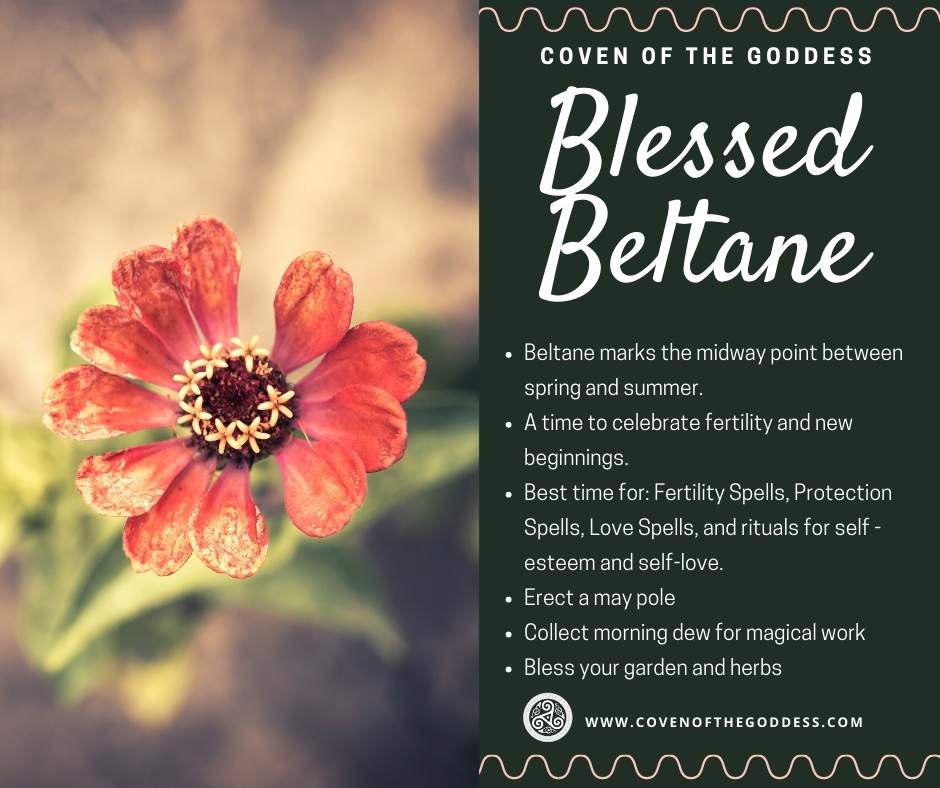
Beltane is the spring cross-quarter and falls on or around May 1. As the days continue to grow longer, temperatures rise, and so does the heat of passion on the earth. Beltane is traditionally a celebration of fertility and a celebration of life at its fullest and most rich.
It was customary for our ancestors to return their livestock to the fields at Beltane. To cleanse and bless them, the stock would pass between bales of hay set on fire on their way from the pens into the fields. Beltane derives its name from this practice, meaning, literally, “bale fire.”
Beltane is a time for new beginnings, falling as it does at the height of spring and the middle of the most fertile time of year. It was traditional, then, to jump the balefire. Witches still traditionally jump the fire at this time of year, making wishes for the coming summer months. It was also traditional to couple at Beltane, and sexuality, sensuality, and lust sometimes abound! Our ancient ancestors would couple in the fields, hoping that their act and even their sexual fluids would bring fertility to the soil and result in strong and verdant crops.
One traditional Beltane festivity is the dancing of the maypole. The pole represents the male phallus. Set atop the pole is a wreath, representing the female vagina. As the participants dance around the pole, winding their ribbons, the wreath descends to the bottom. The dance itself is sensual, as it weaves men and women together in relatively close quarters, increasing the arousal of all involved.
It is said that children conceived on Beltane were blessed of the Goddess and that no method of contraception could prevent a pregnancy on Beltane.
Traditionally, Beltane represents the mating of the God and the Goddess, now grown and lusting for each other. Their union represents the transformation of the Goddess from maiden to mother through the mystery of sexuality and results in the pregnancy of the Goddess, who will deliver a new God at Litha.
Beltane is associated with the element of Air (I also associate it with Fire). Its traditional colors are anything bold and bright and spring-like. It is traditional for women to weave their hair with flowers on Beltane.
Litha
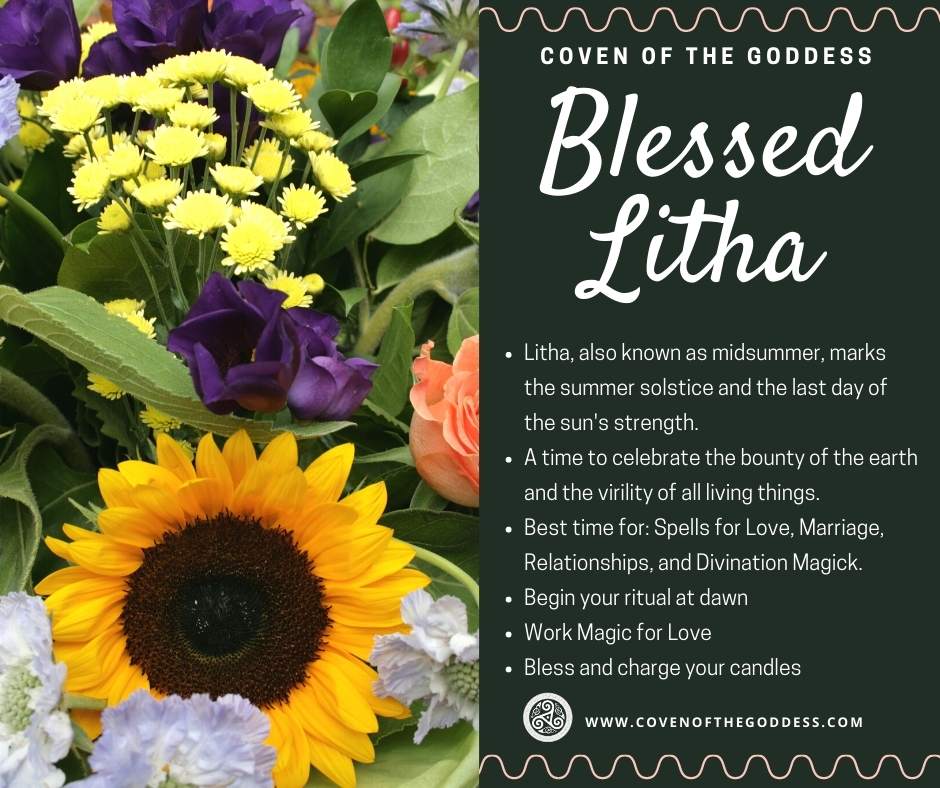
We reach the crest of the spring at Litha, midsummer, and the summer solstice. The days are much warmer, even hot, and everything is in full bloom. The sun is at its peak as the day is at its longest. And yet, there is a shadow over this day. It marks the last day of the sun’s strength. Beginning tomorrow, the sun begins to diminish until it is at its lowest moment at Yule.
Litha, however, is a time of celebration for the bounty of the earth and the virility of all living things. It is a time for feasting and is often marked by handfastings or other observances of celebration and union. Wishes made at Beltane or in the spring often come to fruition at Litha.
Traditionally, the Goddess is in the early stages of her pregnancy with the God. He celebrates his Virility at Litha as He is at the peak of His powers. However, this too is bittersweet, as the young Holly King wrestles power away from the graying Oak King in the same drama played out at Yule.
Like many Sabbats, Litha is believed to be a time when the veil between the worlds is thinner, and that particular mischief may be played by faeries. This is nowhere more famously accounted for than in William Shakespeare’s play A Midsummer Night’s Dream. It is traditional in England for young women to be kept indoors at Midsummer so they are not whisked away by faeries!
The Litha celebration may be marked by love, flowers, purification, and fire. In fact, it was traditional to hold a bonfire in honor of the waning sun and to use it to purify things.
Litha is associated with the element of Fire. Its colors are bright reds, oranges, and golds. Roses and sunflowers are its traditional flowers.
Lughnasadh
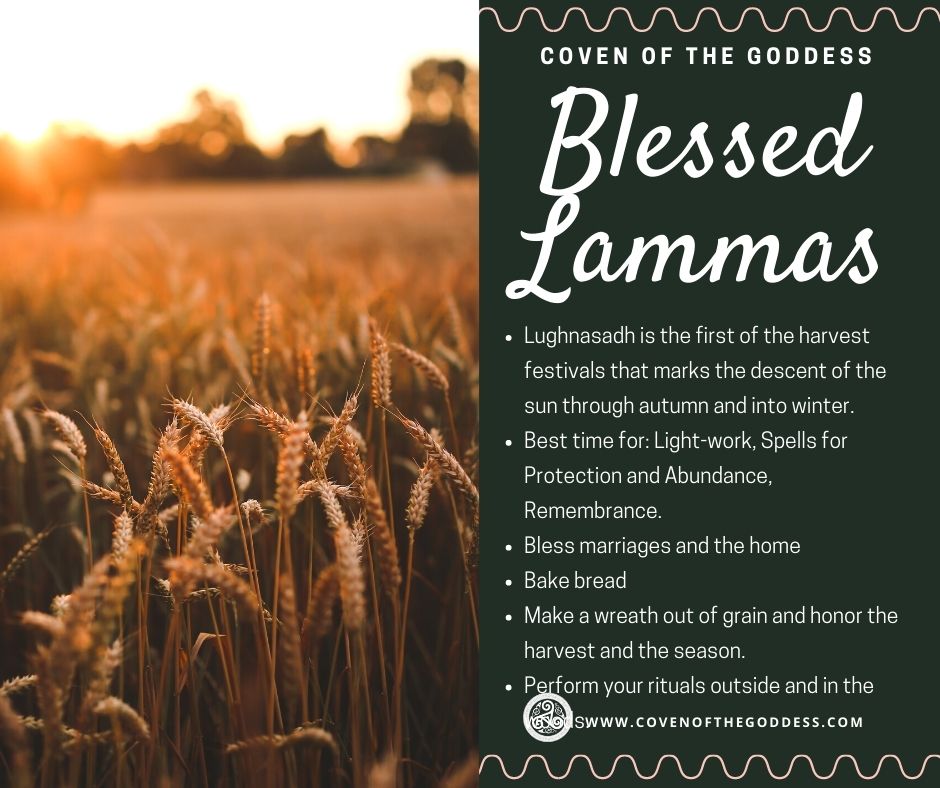
Lughnasadh (pronounced loo-nah-sah) is the first of the harvest festivals that marks the descent of the sun through autumn and into winter. Early crops, such as corn and wheat, as well as fruits like berries and apples, along with nuts and seeds, begin to be harvested. Traditional ceremonies on this day include the making of a corn dolly, the Goddess of the Harvest, and the baking of the first loaves of bread. Canning and the making of preserves are also traditional at this time of year, in spite of the heat.
However, this was also a time for celebration before the larger and more intense harvest season and was generally marked by a gathering of the tribes, games, and feasting.
The season was named for the Celtic god Lugh, god of light and of the harvest. It was believed that on August 1, Lugh would put all of his heat and power into the grain to cause it to wither and ripen in time for harvesting.
It is traditional at this time of year for the God to sacrifice himself so that the harvest may be rich. This sacrifice is not sad, although mourning did begin at this holiday and continue through Samhain for His sacrifice.
Lughnasadh is associated with the element of Fire (I also associate it with Water). Its traditional colors are anything bright. It is traditional to observe this holiday with corn and grain, specifically bread.
Mabon
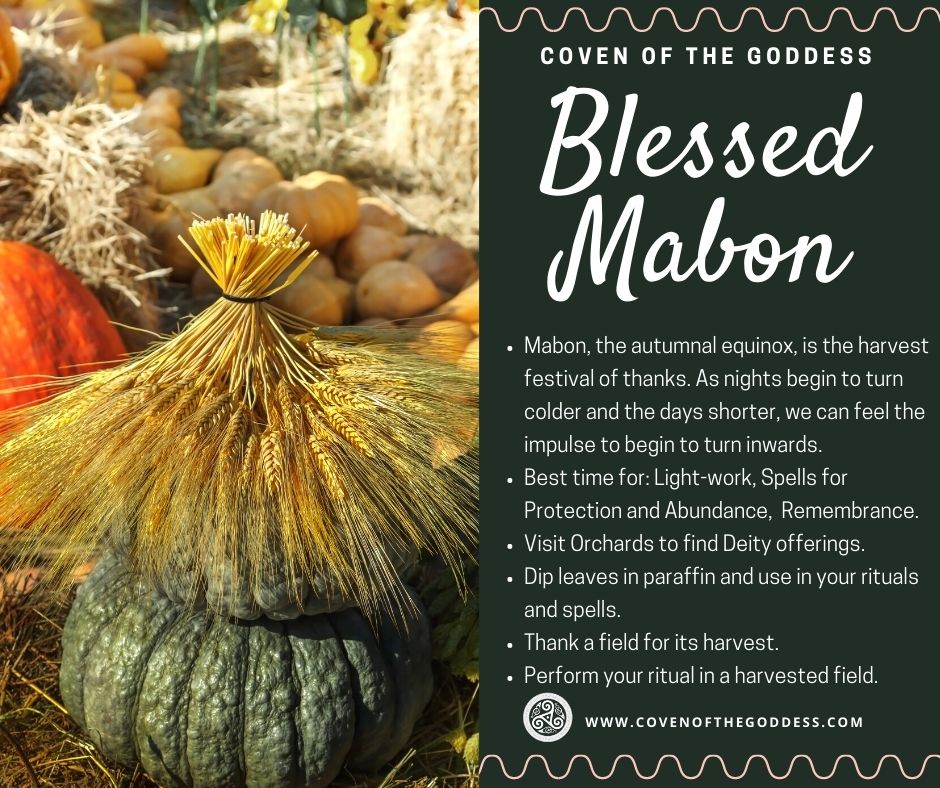
Mabon, the autumnal equinox, is the harvest festival of thanks. Most of the crops are harvested and put in for the winter. The days grow noticeably shorter. And so our ancestors would have observed a day of rest to give thanks for the bounty of the summer season and to honor the balance of darkness and light.
At this time of year, as nights begin to turn colder and the days shorter, we can each of us feel the impulse to begin to turn inwards. Long sleeves replace short sleeves, and we find ourselves focusing once again on hearth and home. So, too, would our ancestors have begun to make these subtle changes. In preparation for winter, women would have begun weaving and knitting cloth, turning nuts and grains into flour, preserving food through drying, storing pickling, and other means, baking breads and pies, and smoking and preserving meat.
Mabon is associated with the element of Water. Its traditional colors are the fall colors of auburn, rust, deep orange, brown, and green. Traditional foods of this season are nuts, and late summer produce.
Samhain
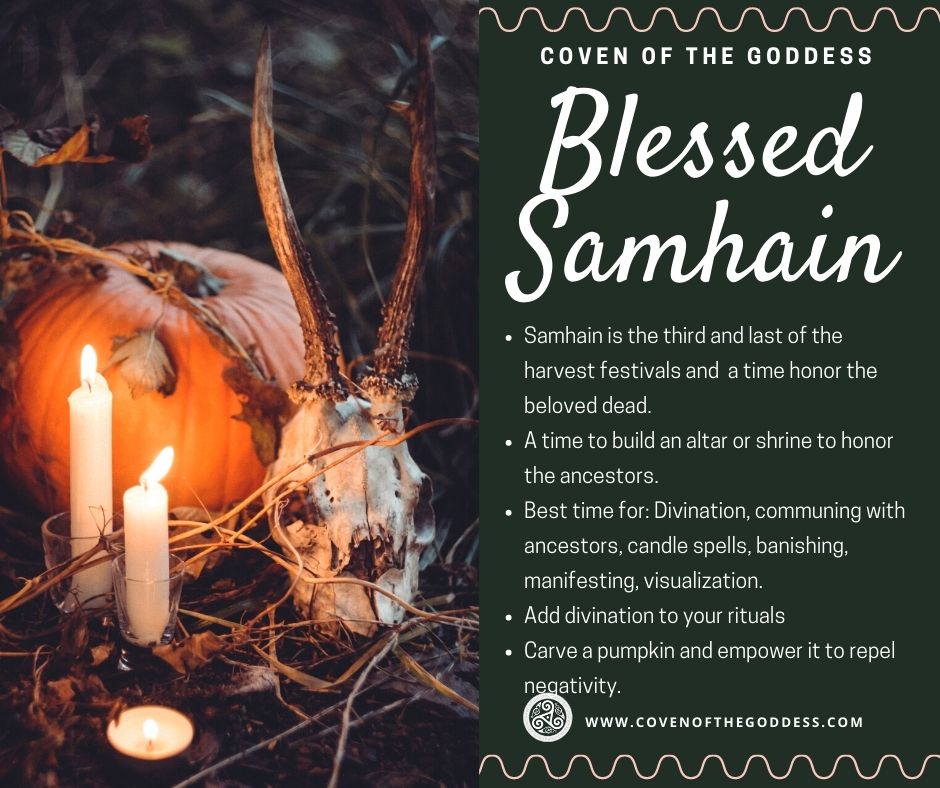
Samhain (pronounced sow-ween) is the third and last of the harvest festivals and, for me, marks the end of the Wheel of the Year, the death of the year. Samhain falls on or around October 31st and is observed around the world as Halloween, All Saints, and the Day of the Dead.
For our ancestors, the time between fall and spring was a very real threat to their existence. The winters were hard and could result in illness and death. Food could run out, temperatures could drop too low to survive, and the close quarters of early homes would promote the frequency of infection. A ritual to honor death at this time of year is both the figurative acknowledgment of the retreat of the Goddess into the earth and a literal acknowledgment of the very real possibility of not surviving the season. Even in our modern lives, Samhain marks the beginning of what I call “the void”—that particularly dark part of our lives between now and Yule.
It is, therefore traditional at Samhain to honor the beloved dead. A number of rituals exist to do so. One is a dumb supper, where plates are set for those who have passed beyond. The food is then left overnight for their souls to collect and then returned to the earth. Another is the litany of the dead, where the names of those lost in the prior year are read aloud during a ritual. Another is creating an altar to the dead.
It is also a time to honor the “death” of ourselves and the need to turn inward in the coming weeks and months. For me, this is a particularly dark period of the year, and the emotion of the holiday weighs heavily upon me. Samhain can be both a celebration and a somber observance.
Samhain is the place on the Wheel when the veil is believed to be at its thinnest, and it is traditional to practice divination at this time of the year. It can also be a dangerous time, and so jack-o-lanterns, believed to frighten away fairies and spirits, should be lit.
Samhain is associated with the element Water (and I also associate it with Earth). Its traditional colors are black and orange. Traditional foods are apples, pomegranates, and pumpkin.

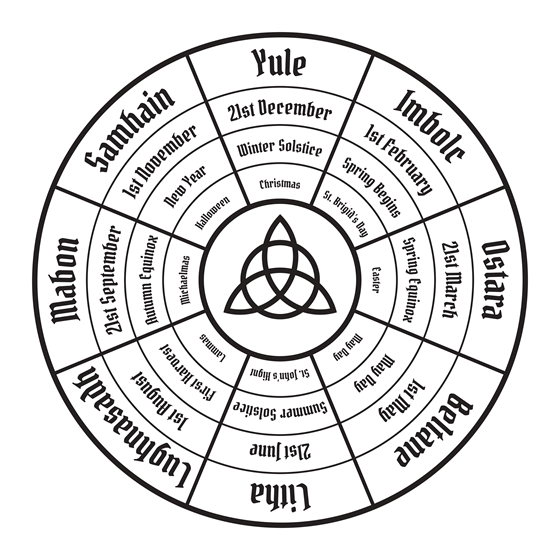

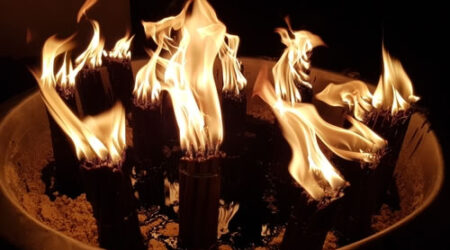
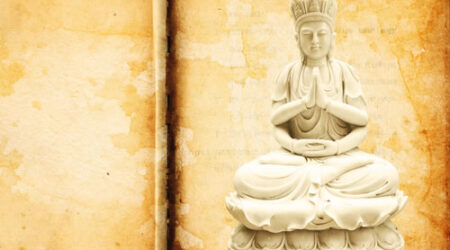
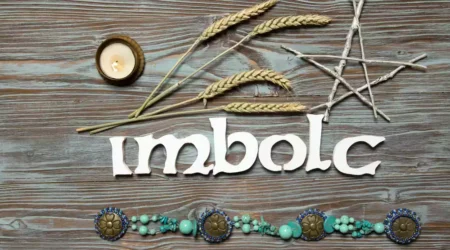
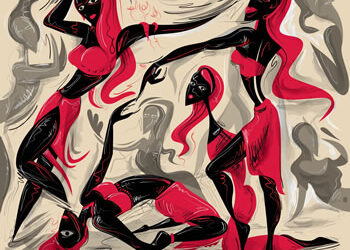
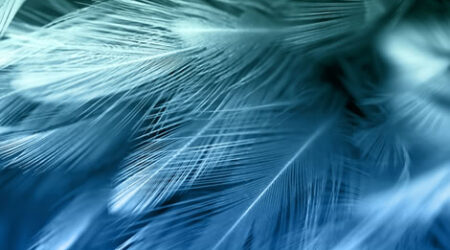

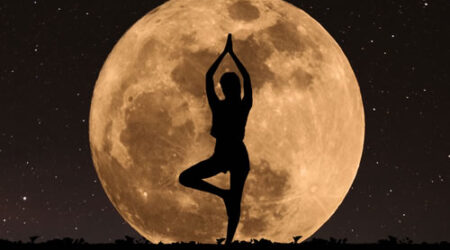
Comment (1)
This site was… how do you say it? Relevant! Finally I have
found something which helped me and answered all my questions. Kudos!